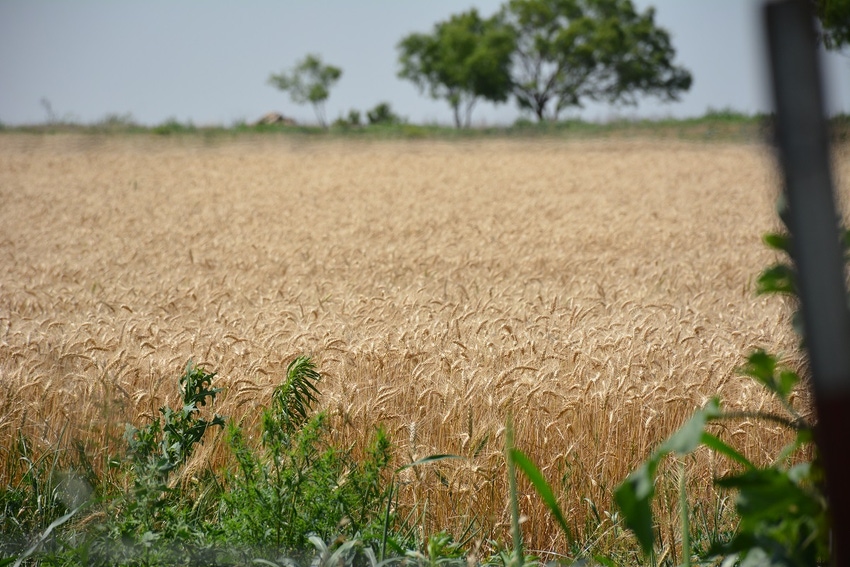February 16, 2017

At this writing, wheat may be forward contracted for harvest delivery at Pond Creek, Okla., and Perryton, Texas, for $4.10. The range of forward contract prices in Oklahoma and the Texas Panhandle is from about $3.95 to $4.15.
Odds are relatively high that U.S. 2017/18 wheat market year ending stocks will be below 1.0 billion bushels, and may be as low as 900 million bushels. Lower ending stocks could result in the U.S. average annual price increasing from the projected $3.90 for 2016/17 to near $5.00 for 2017/18.
Before producers get too excited, the Oklahoma monthly wheat price for November was 90 cents less than the monthly average U.S. price. The difference between the December U.S. average price and Oklahoma’s price was 81 cents. Since June 1, Oklahoma’s average monthly price has been 60 cents less that the average U.S. price.
The average July Oklahoma wheat price was 50 cents less than the U.S. average price. During the period June 1 2007 through May 31, 2016, Oklahoma’s prices averaged 10 cents less than the U.S. average. The current wide price spread may be the result of relatively low test weight and protein for hard red winter wheat in storage.
PROTEIN PREMIUM
The difference between the average U.S. price and the Oklahoma/Texas harvest price may depend on the 2017 hard red winter wheat crop’s test weight and protein levels.
As of Feb. 10, the Kansas City protein premiums for hard red winter wheat were 55 cents for 11 percent, 85 cents for 11.6 percent, and $1.04 for 12 percent. Since the next exportable wheat to be harvested is U.S. hard red winter, this protein premium schedule may not change very much between now and harvest.
Test weight and protein will be critical price factors for 2017/18 marketing year hard red winter wheat prices. Areas with 60-plus test weight and greater than 11.5 percent protein will have higher basis and, therefore, relatively higher prices than areas without test weight and/or protein.
A significant difference is also possible between the local elevator’s posted price and the actual price paid for wheat. The discount schedules for the 2017 harvest have not been released; however, a discount schedule for the 2016 wheat harvest shows 2 cents for below 58 pounds, 6 cents for below 57 pounds, 10 cents for below 55 pounds, and 24 cents at 53 pounds.
FOREIGN MATERIAL/DOCKAGE
Foreign material (FM) is 12 cents for above 1 percent, 24 cents for above 2 percent, and 50 cents for above 3 percent. At 8.1 percent FM, the discount is $1. All dockage is removed from the weight plus discounts for greater than 1.0 percent. The discount is 5 cents at 1.1 percent, 7 cents at 1.3 percent, and 14 cents at 2.6 percent.
The above are examples of some discounts. As the dockage, FM, moisture, shrunken/broken, sprout, and other problems increase, discounts continue to increase. The market can only sell a quality and clean product to domestic millers and export buyers.
Some reports have shown that adequate nitrogen fertilizer is not being applied to the 2017 wheat crop. If this is the case, the worst thing that could happen is that adequate moisture produces above average yields. Insufficient nitrogen could result in relatively low protein levels and relative high spreads between the average U.S. wheat price and local wheat prices.
If 2017/18 world wheat production is less than 26 billion bushels, and the 2017 U.S. hard red winter wheat crop has good test weight and protein, the Oklahoma and Texas wheat price could exceed $5.00 by January 1, 2018.
With relatively low test weight and/or protein, $3.00 wheat prices are possible.
About the Author(s)
You May Also Like






